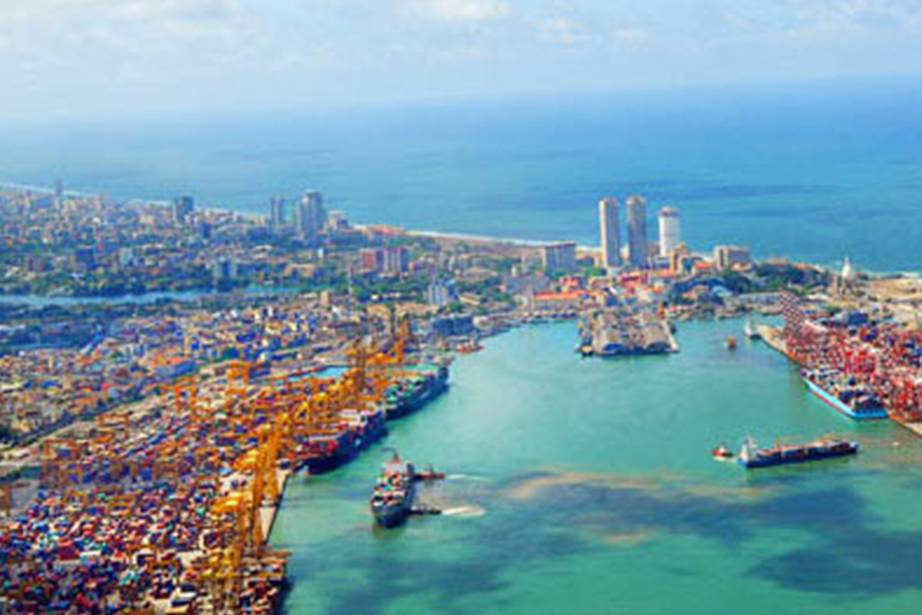Colombo International Container Terminals (CICT), the joint venture between China Merchants Holding International and Sri Lanka Port Authority has become the largest green terminals in South Asia.
This achievement has been made possible following the completion of rubber-tired gantry cranes (RTG) deployment at the container terminal.
In the container yard of the Colombo International Container Terminals (CICT), the joint venture between China Merchants Holding International and Sri Lanka Port Authority, there is 40 rubber-tired gantry cranes (RTG) which are loading and unloading containers everyday in a busy and orderly manner.
However, unlike traditional container yards, the container yard of the CICT has no loud noises or a pungent odor from the diesel generators.
CICT announced the completion of the ERTG project of all 40 RTGs, making it the first of its kind in Sri Lanka and the largest green terminals in South Asia.
Sri Lanka Ports Authority top official said that Sri Lanka was a country that attached great importance to environmental protection and the CICT's ERTG project had set an excellent example for other companies in the port and shipping industry in Sri Lanka.
The engineer in charge of the ERTG project noted that this project applied the world-recognized advanced green environmental protection technology.
With innovation and tropical-environment adaptive modification, it has not only reduced air pollution and noise, but also reduced operating and maintenance costs and increased equipment attendance.
According to statistics, the ERTG project was in line with Sri Lanka's environment-friendly standards.
This modification reduced the diesel consumption and total direct carbon dioxide emissions of the RTG by 95 percent and the comprehensive carbon emission by 45 percent.
Zou Hui, head of the engineering department of CICT, said, "the ERTG project proves that our company is committed to reducing greenhouse gas emissions. We hope that we will not only bring investment to Sri Lanka but also advanced technology and environmental protection concepts."
(LI)

